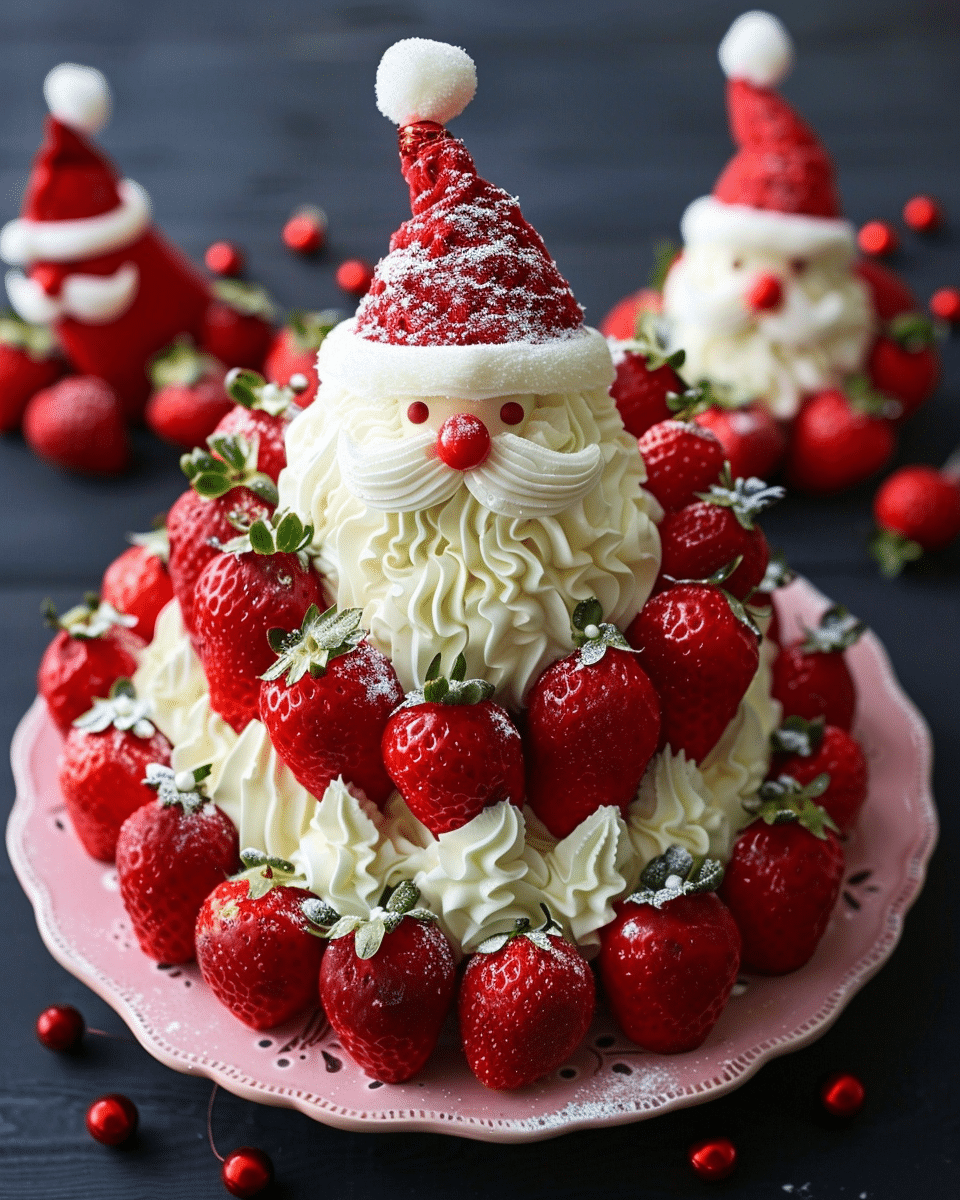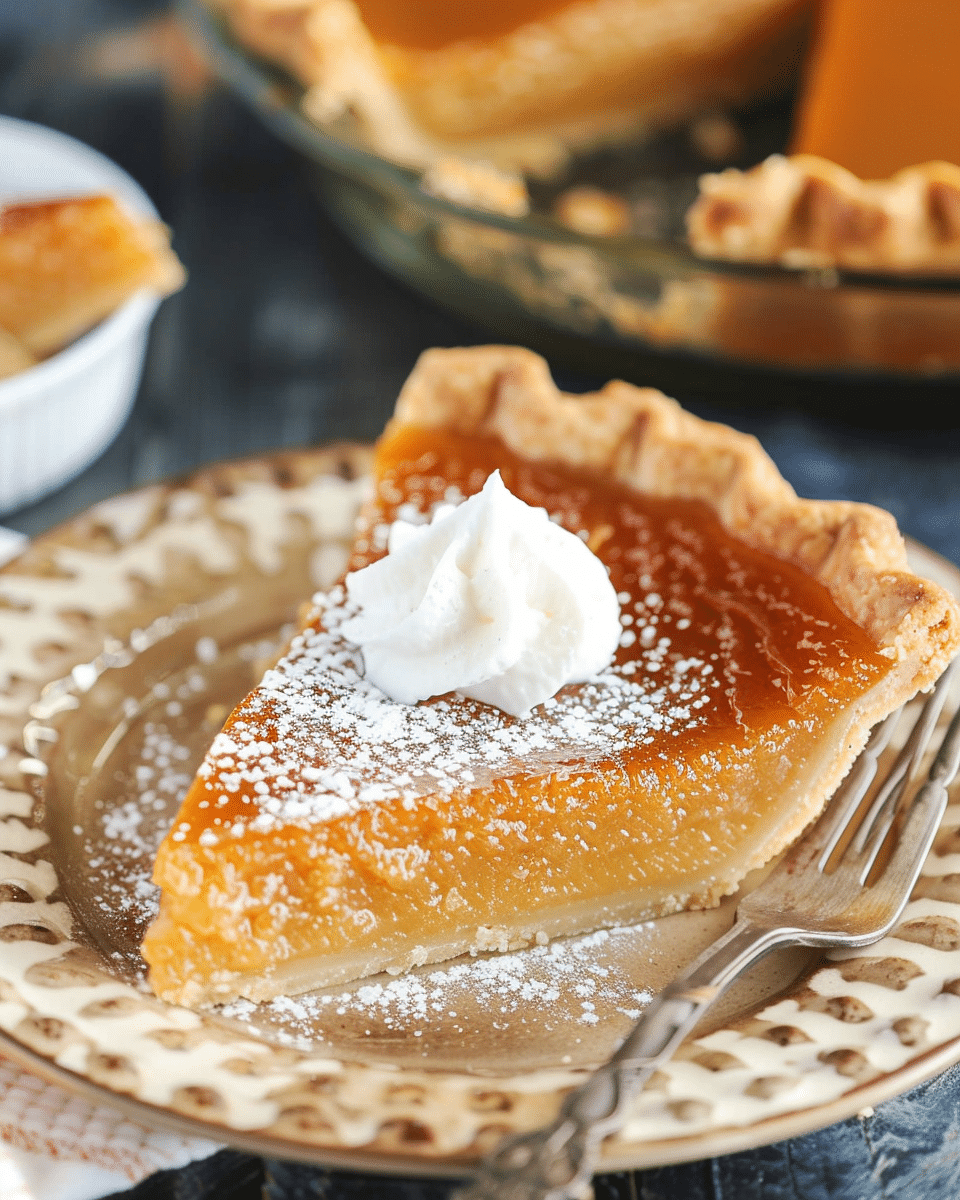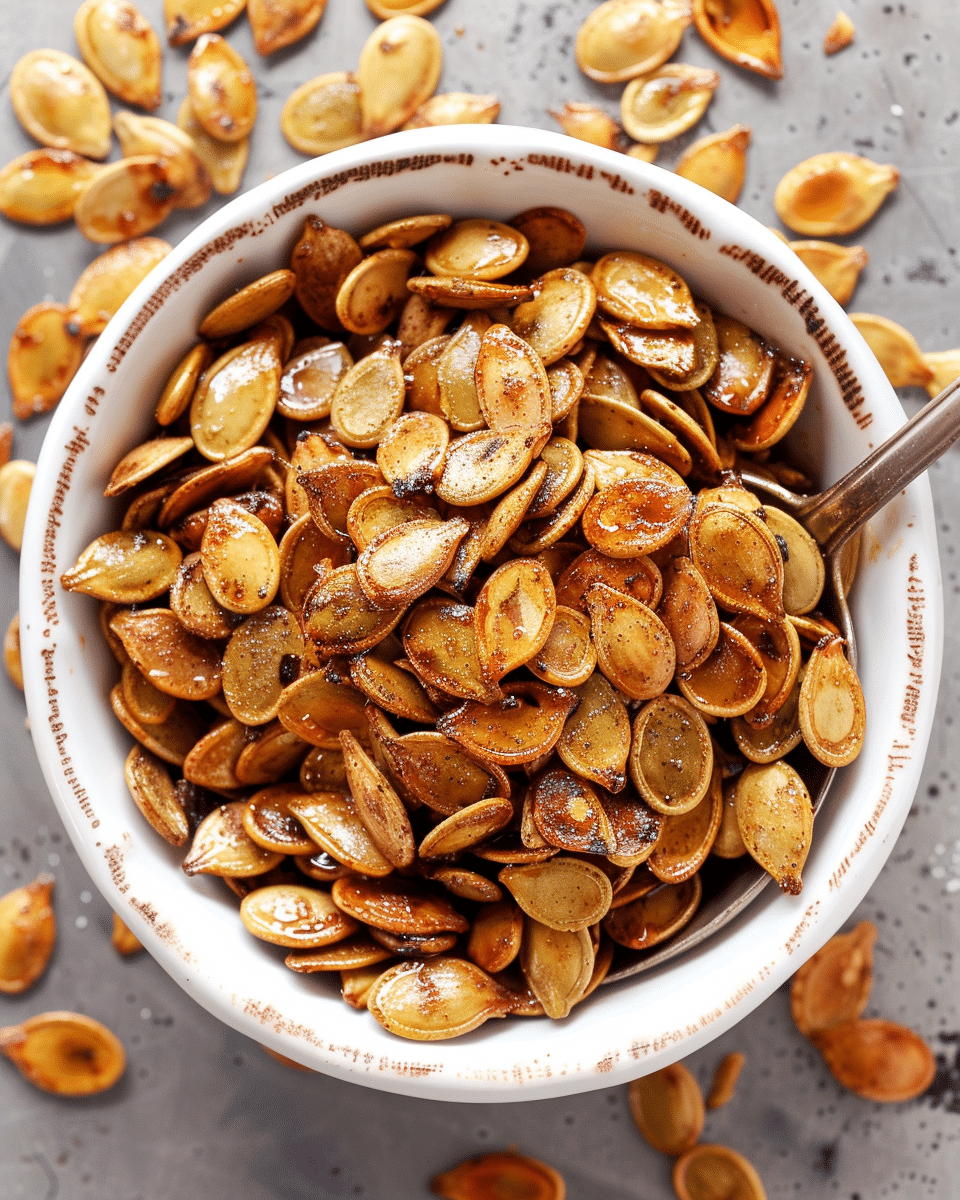If you’re looking for a healthy and delicious meal, baked salmon is a great option. It’s easy to prepare, and you can customize it with your favorite flavors and ingredients. One of the most common questions people have when baking salmon is how long to bake it at 350 degrees Fahrenheit. In this article, we’ll answer that question and provide some tips for preparing and serving baked salmon.
Before we get into the specifics of baking salmon, let’s take a moment to understand this popular fish. Salmon is a fatty fish that is rich in omega-3 fatty acids, protein, and other nutrients. It’s also versatile and can be cooked in a variety of ways, including baking, grilling, and pan-searing. When choosing salmon, look for fresh, wild-caught fish if possible. This will ensure that you’re getting the best quality and flavor.
Key Takeaways
- Baked salmon is a healthy and delicious meal that’s easy to prepare.
- Salmon is a fatty fish that’s rich in omega-3 fatty acids and other nutrients.
- When baking salmon at 350 degrees Fahrenheit, it takes about 20-25 minutes to cook, depending on the thickness of the fillet.
Understanding Salmon
Salmon is a popular fish that is known for its rich flavor and health benefits. It is an excellent source of protein, omega-3 fatty acids, and vitamin D. However, not all salmon is the same. There are several different types of salmon that you can choose from, each with its own unique characteristics.
One of the most popular types of salmon is Atlantic salmon. It is typically farmed and has a mild, buttery flavor. Pacific salmon, on the other hand, is often caught in the wild and has a firmer texture and more robust flavor. Other types of salmon include Chinook, Coho, Sockeye, and Pink.
When it comes to cooking salmon, it is essential to choose the right cut. Salmon can be purchased as a whole fish, fillets, or steaks. Fillets are the most common and are cut from the side of the fish. They are boneless and skinless, making them easy to cook and serve.
The thickness of the salmon fillet is also an important factor to consider when cooking. Thicker fillets will take longer to cook than thinner ones. As a general rule, you should cook salmon for about 10 minutes per inch of thickness at 350 degrees Fahrenheit. However, it is always best to use a meat thermometer to ensure that your salmon is cooked to the proper temperature.
In summary, when it comes to cooking salmon, it is important to choose the right type of salmon, cut, and thickness. By following these guidelines, you can ensure that your salmon is cooked to perfection every time.
Preparation Before Baking
Before baking salmon at 350 degrees, there are a few things you need to do to ensure that your salmon turns out perfectly. Follow these steps for the best results.
Choosing the Right Salmon
When it comes to baking salmon, it’s important to choose the right type of salmon. Look for fresh salmon that has a bright, shiny appearance and smells like the ocean. Avoid salmon that has a dull appearance or a strong fishy odor. You can also look for wild-caught salmon, which tends to be more flavorful than farm-raised salmon.
Salmon Cleaning and Seasoning
Before baking salmon, make sure to clean it properly. Rinse the salmon under cold water and pat it dry with paper towels. If you notice any bones, use a pair of tweezers to remove them.
Next, season the salmon according to your preference. You can use a simple seasoning of salt and pepper, or you can get creative with other herbs and spices. Some popular seasonings for salmon include dill, garlic, lemon, and thyme.
Preheating the Oven
To ensure that your salmon cooks evenly, it’s important to preheat your oven to 350 degrees before baking. This will allow the oven to reach the desired temperature before you put the salmon in.
Once your oven is preheated, you can place the salmon on a baking sheet lined with parchment paper or aluminum foil. Make sure to leave enough space between the salmon fillets so that they cook evenly.
By following these preparation steps, you can ensure that your salmon turns out perfectly baked every time.
Read: Unlocking the Allure of Salmon Sushi Bake!
Baking Time and Temperature
When it comes to baking salmon, getting the right temperature and baking time is crucial. You want to make sure your salmon is cooked through but not overcooked. Here are some tips to help you get the perfect baked salmon every time.
Ideal Baking Time
The ideal baking time for salmon depends on the thickness of your fillet. A good rule of thumb is to bake salmon at 350°F for 10 minutes per inch of thickness. So, if your salmon is 1 inch thick, bake it for 10 minutes. If it’s 2 inches thick, bake it for 20 minutes.
You can also use a meat thermometer to check the internal temperature of your salmon. The USDA recommends cooking fish to an internal temperature of 145°F. Insert the thermometer into the thickest part of the salmon to check the temperature.
Temperature Setting
Baking salmon at 350°F is a good temperature to ensure that it cooks evenly without drying out. However, the baking time may vary depending on the size and thickness of your salmon fillet. If you’re cooking a larger fillet, you may need to increase the temperature slightly to ensure that it cooks through without drying out.
If you’re in a hurry, you can also bake salmon at a higher temperature. For example, you can bake salmon at 400°F for 12-15 minutes for a 1-inch thick fillet. Just be sure to keep an eye on it to make sure it doesn’t overcook.
In summary, baking salmon at 350°F for 10 minutes per inch of thickness is a good starting point. Use a meat thermometer to check the internal temperature and adjust the baking time and temperature as needed. With these tips, you can bake delicious and perfectly cooked salmon every time.
Checking for Doneness
To ensure that your salmon is cooked to perfection, it is important to check for doneness. Overcooked salmon can be dry and tough, while undercooked salmon can be unsafe to eat. Here are some ways to check if your salmon is done:
1. Temperature
The most accurate way to check if your salmon is done is by using a meat thermometer. The USDA recommends cooking salmon to an internal temperature of 145°F (63°C). Insert the thermometer into the thickest part of the salmon, making sure not to touch the bone or the pan. Once the salmon reaches the recommended temperature, it is safe to eat.
2. Texture
Another way to check if your salmon is done is by observing its texture. Cooked salmon should be opaque and flaky. You can use a fork to gently pull the salmon apart. If it flakes easily, it is done. If it is still translucent and jelly-like, it needs more time in the oven.
3. Color
Cooked salmon should have a vibrant pink color. If the salmon is still dark red or has a grayish hue, it is not done yet. However, keep in mind that some types of salmon, such as sockeye, have a naturally darker color than others.
4. Time
The cooking time for salmon can vary depending on the thickness of the fillet and the oven temperature. As a general rule, it takes about 20 to 25 minutes to bake a 1-inch thick piece of salmon at 350°F (175°C). However, it is important to check the salmon regularly to avoid overcooking. If the salmon is not done yet, you can put it back in the oven for a few more minutes.
By using one or more of these methods, you can ensure that your salmon is perfectly cooked and safe to eat.
Related:
Serving Suggestions
Once your salmon is perfectly baked, it’s time to think about how you want to serve it. Here are a few serving suggestions to help you elevate your baked salmon dish:
1. Lemon and Herb Butter
A simple lemon and herb butter is a classic accompaniment to baked salmon. Melt some butter in a pan, add some chopped herbs like parsley, dill, or chives, and a squeeze of lemon juice. Pour the butter over the salmon fillets and serve immediately.
2. Mango Salsa
If you’re looking for a tropical twist, try serving your baked salmon with a fresh mango salsa. Dice up some fresh mango, red onion, and bell pepper, and mix with some lime juice, cilantro, and a pinch of salt. Spoon the salsa over the salmon fillets and enjoy.
3. Creamy Dill Sauce
A creamy dill sauce is another classic pairing for baked salmon. Mix together some sour cream, mayonnaise, chopped dill, lemon juice, and a pinch of salt. Drizzle the sauce over the salmon fillets and serve.
4. Roasted Vegetables
To make your meal more filling, serve your baked salmon with some roasted vegetables. Toss some chopped vegetables like asparagus, carrots, or zucchini with olive oil, salt, and pepper, and roast in the oven alongside the salmon until tender.
5. Quinoa Salad
For a healthy and satisfying side dish, try serving your baked salmon with a quinoa salad. Cook some quinoa according to package instructions and mix with chopped vegetables like cucumber, tomato, and bell pepper, as well as some fresh herbs like parsley or cilantro. Dress the salad with a simple vinaigrette made from olive oil, lemon juice, and Dijon mustard.
These are just a few ideas to get you started. Feel free to experiment with different flavors and ingredients to find the perfect pairing for your baked salmon dish.
Common Mistakes to Avoid
When it comes to baking salmon at 350 degrees, there are a few common mistakes that can ruin your dish. Here are some things to keep in mind to avoid these mistakes:
Overcooking the Salmon
One of the most common mistakes people make when baking salmon is overcooking it. Overcooked salmon can become dry and tough, which is not a pleasant eating experience. To avoid this, make sure you check the salmon’s internal temperature with a meat thermometer. The USDA recommends a minimum internal temperature of 145°F measured in the thickest part of the salmon filet. You can also check if the salmon flakes easily with a fork. If it does, it’s done.
Not Using Enough Seasoning
Salmon has a mild flavor, which means it can benefit from some seasoning to bring out its taste. Don’t be afraid to use herbs, spices, and other seasonings to add flavor to your salmon. Some popular options include dill, lemon, garlic, and black pepper.
Using a Dull Knife
When it comes to cutting your salmon, using a dull knife can make the process more difficult and can even damage the fish. Make sure you use a sharp knife to cut the salmon into portions. This will make the process easier and will help you get clean cuts.
Using a Non-Stick Pan
Using a non-stick pan to bake your salmon may seem like a good idea, but it can actually prevent the salmon from developing a crispy skin. Instead, use a regular baking pan or a cast-iron skillet to bake your salmon. This will help the skin crisp up and add a nice texture to the dish.
By avoiding these common mistakes, you can ensure that your baked salmon at 350 degrees turns out delicious and perfectly cooked every time.
FAQs
Is it better to bake salmon at 350 or 400? Baking salmon at 350°F is ideal for even cooking without drying out. However, if you’re in a hurry, 400°F works but requires closer monitoring to avoid overcooking.
How long does salmon take in the oven at 180? At 180°C (or 356°F), salmon typically takes about 20-25 minutes, depending on its thickness.
What temp is best for salmon? The optimal temperature for baking salmon is 350°F (175°C) for even cooking and retaining moisture.
Can you eat salmon skin? Yes, salmon skin is edible and packed with nutrients. When crisped up, it’s delicious and can be enjoyed with the fillet.
Can you eat raw salmon? Yes, but ensure it’s labeled “sushi-grade” or “sashimi-grade” to reduce the risk of parasites and bacteria. Always consume fresh and from reputable sources.
Conclusion
In conclusion, baking salmon at 350 degrees Fahrenheit is a simple and delicious way to prepare this healthy fish. The cooking time will vary depending on the thickness of the fillet, but as a general rule, you can bake salmon for approximately 10 minutes per inch of thickness.
To ensure that your salmon is cooked to perfection, use a meat thermometer to check the internal temperature of the fish. The USDA recommends a minimum internal temperature of 145°F.
When baking salmon, it is important to season the fish with salt, pepper, and other herbs and spices to enhance the flavor. You can also add lemon slices or other citrus fruits to the baking dish to give the salmon a tangy flavor.
Overall, baking salmon at 350 degrees Fahrenheit is an easy and healthy way to enjoy this delicious fish. With a few simple ingredients and a little bit of know-how, you can create a tasty and nutritious meal that your whole family will love.









